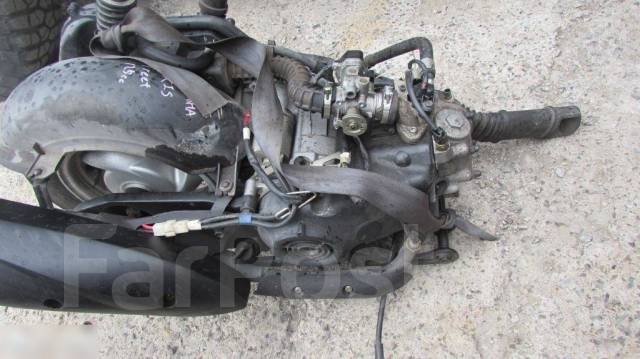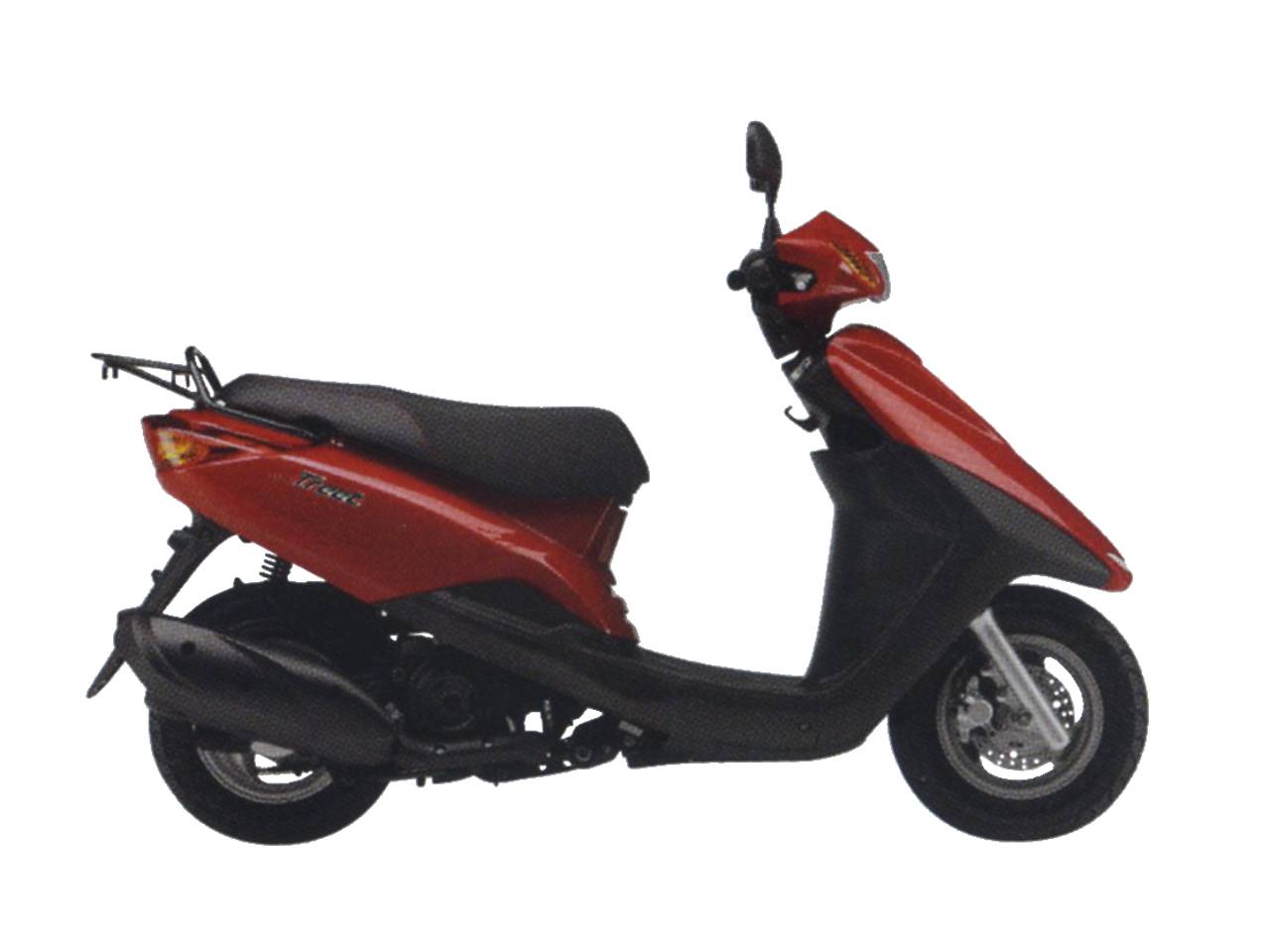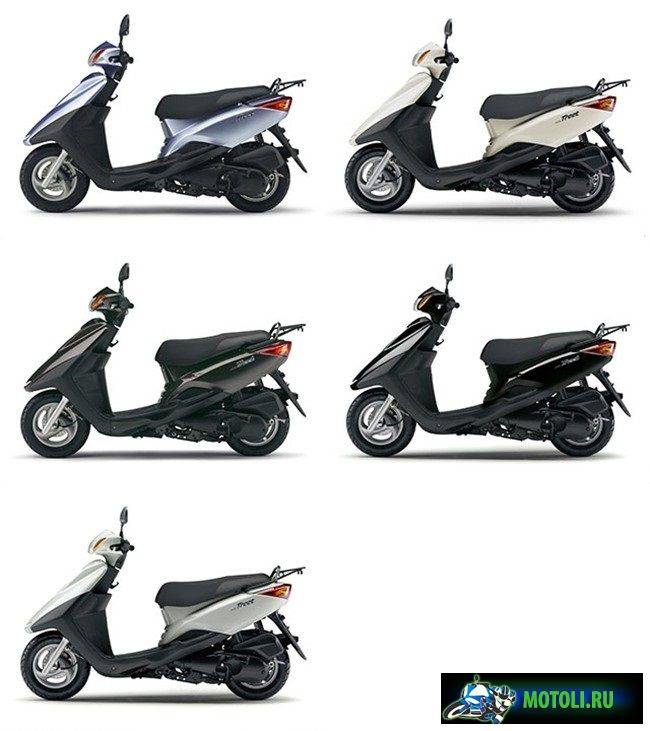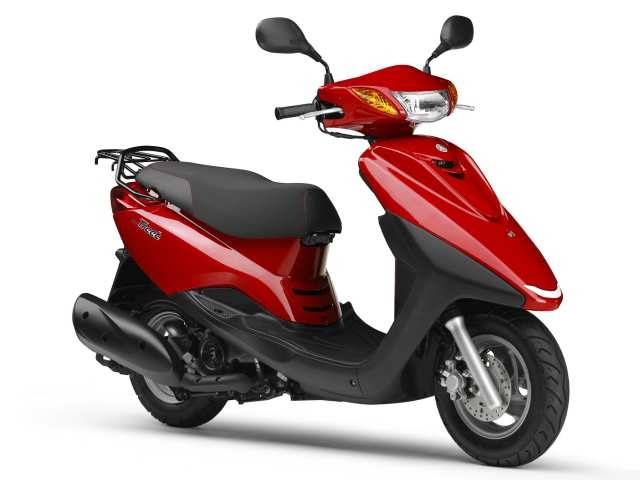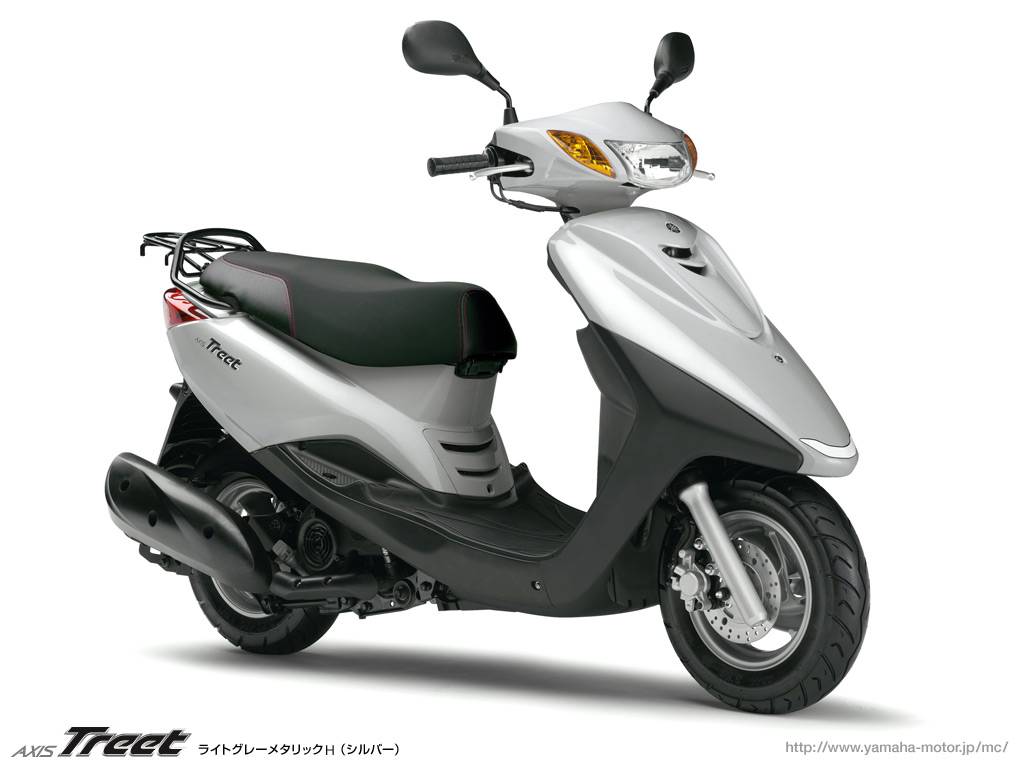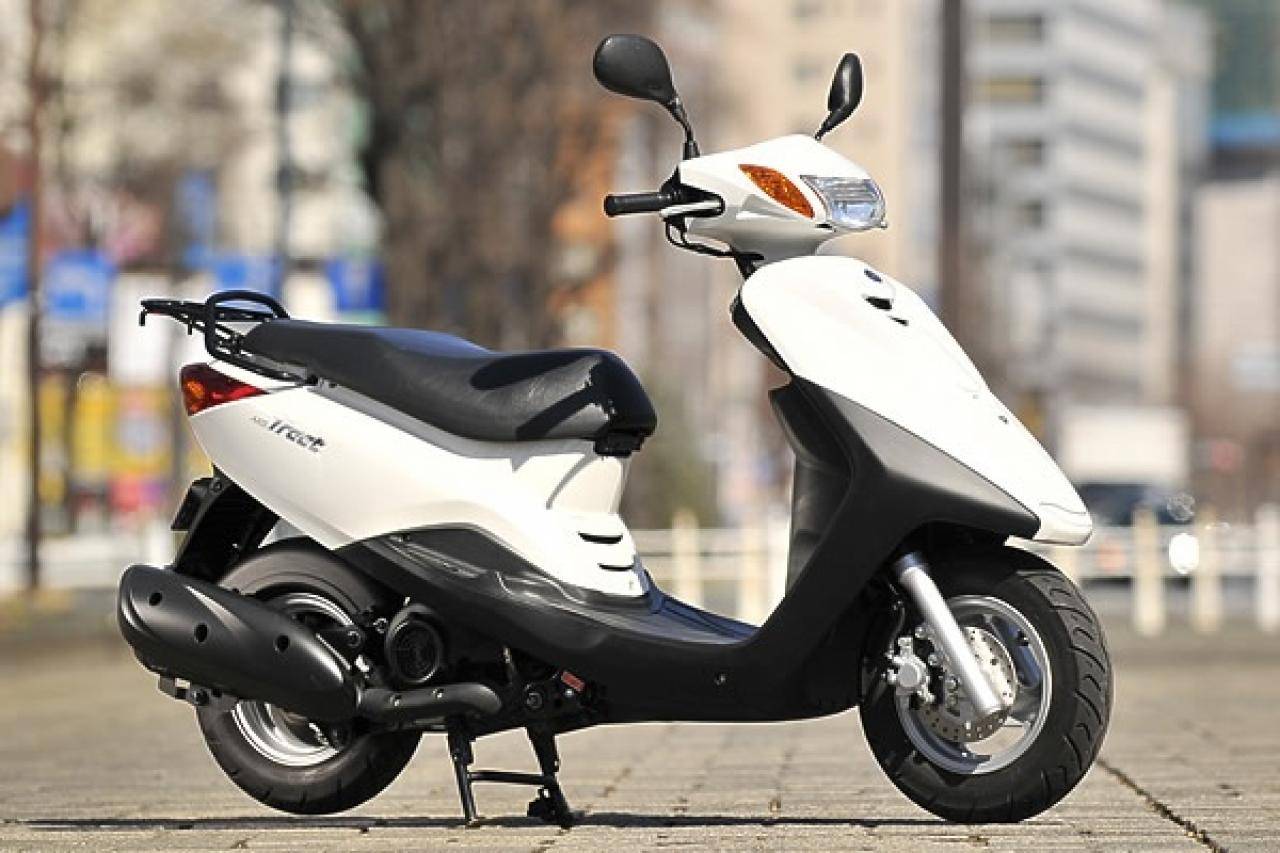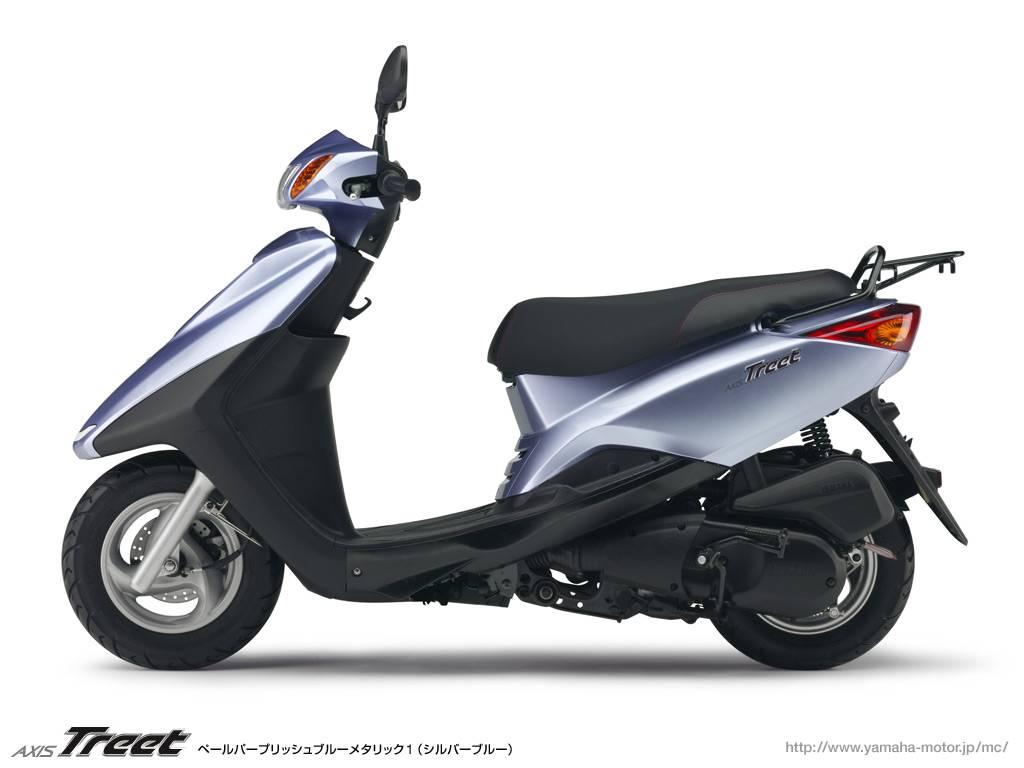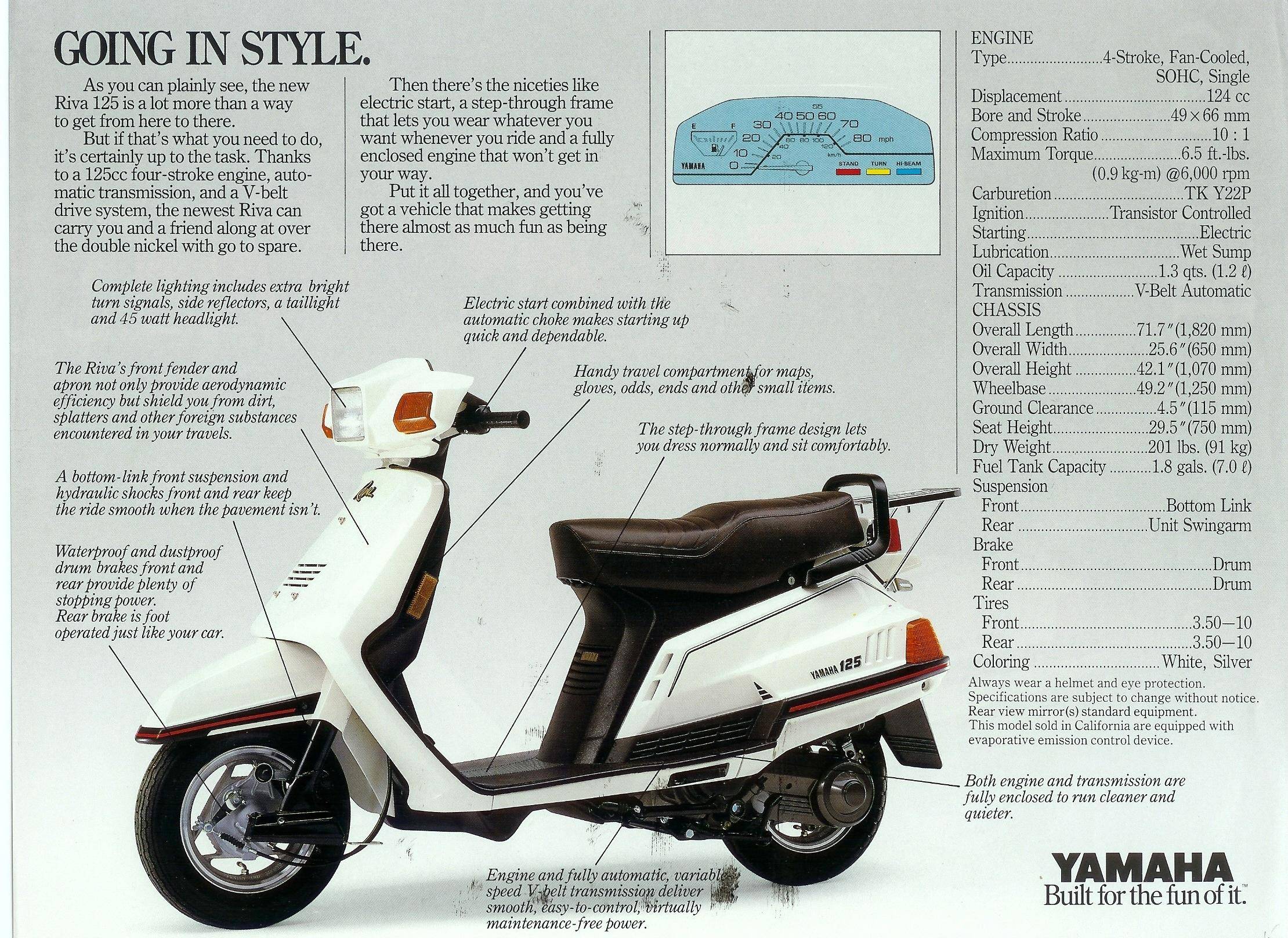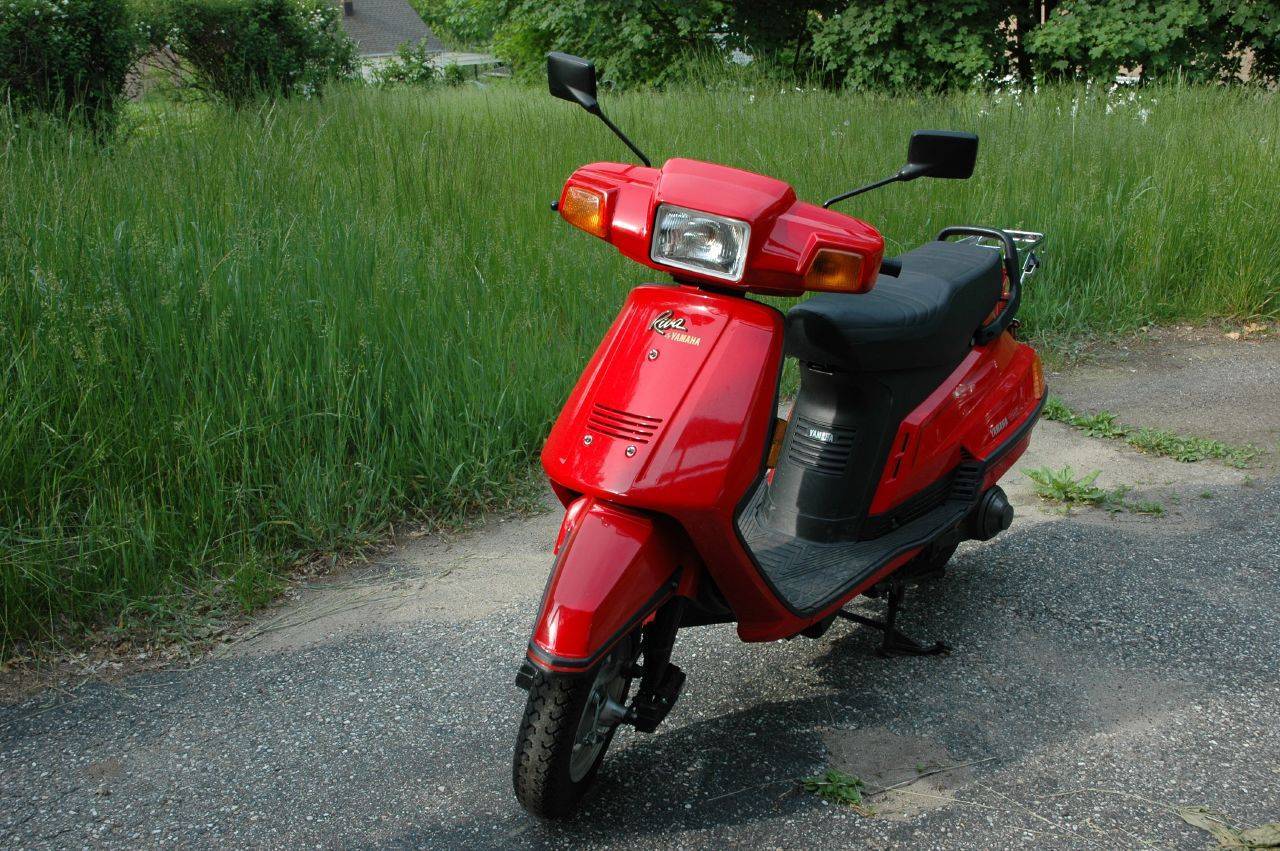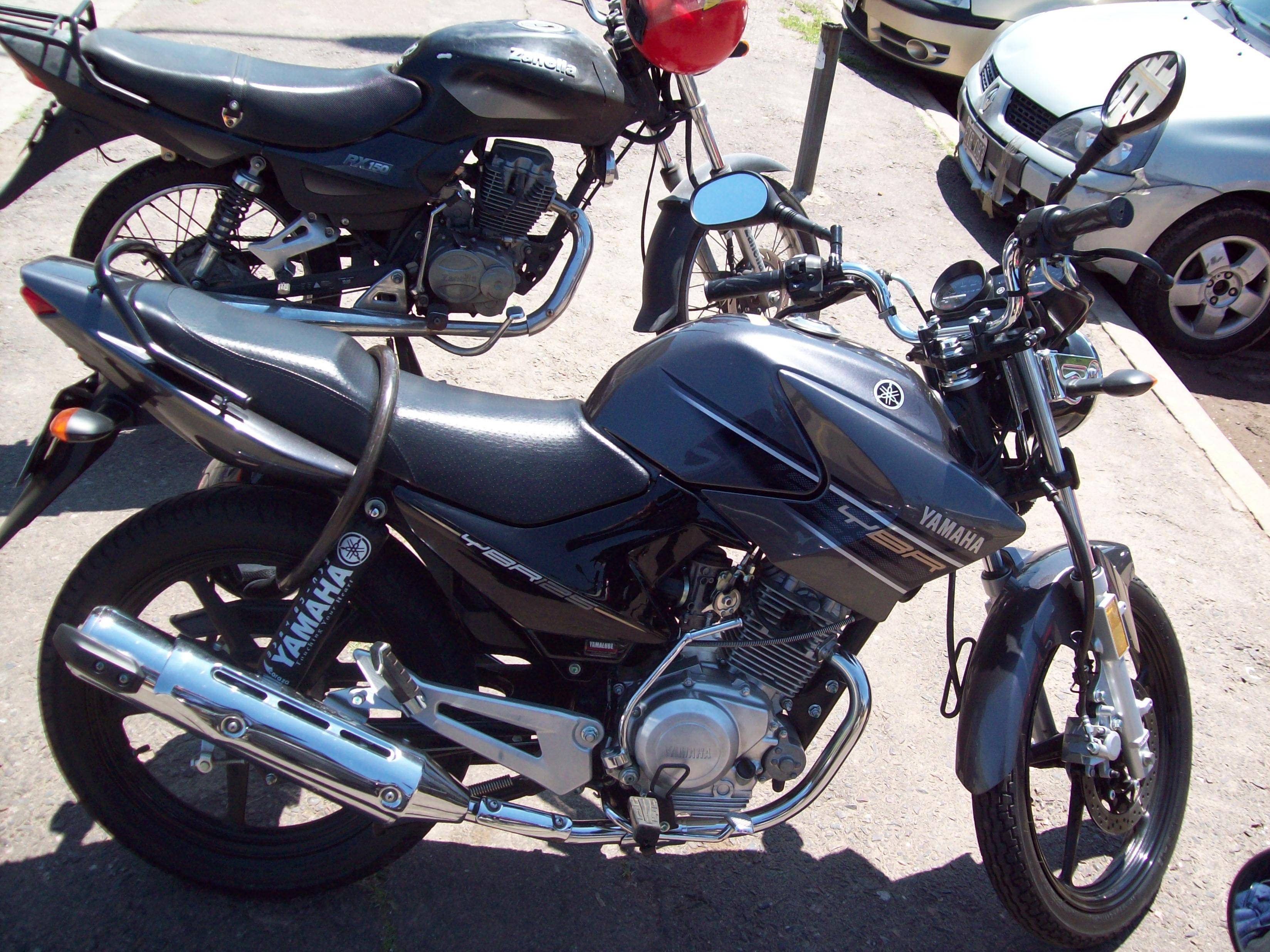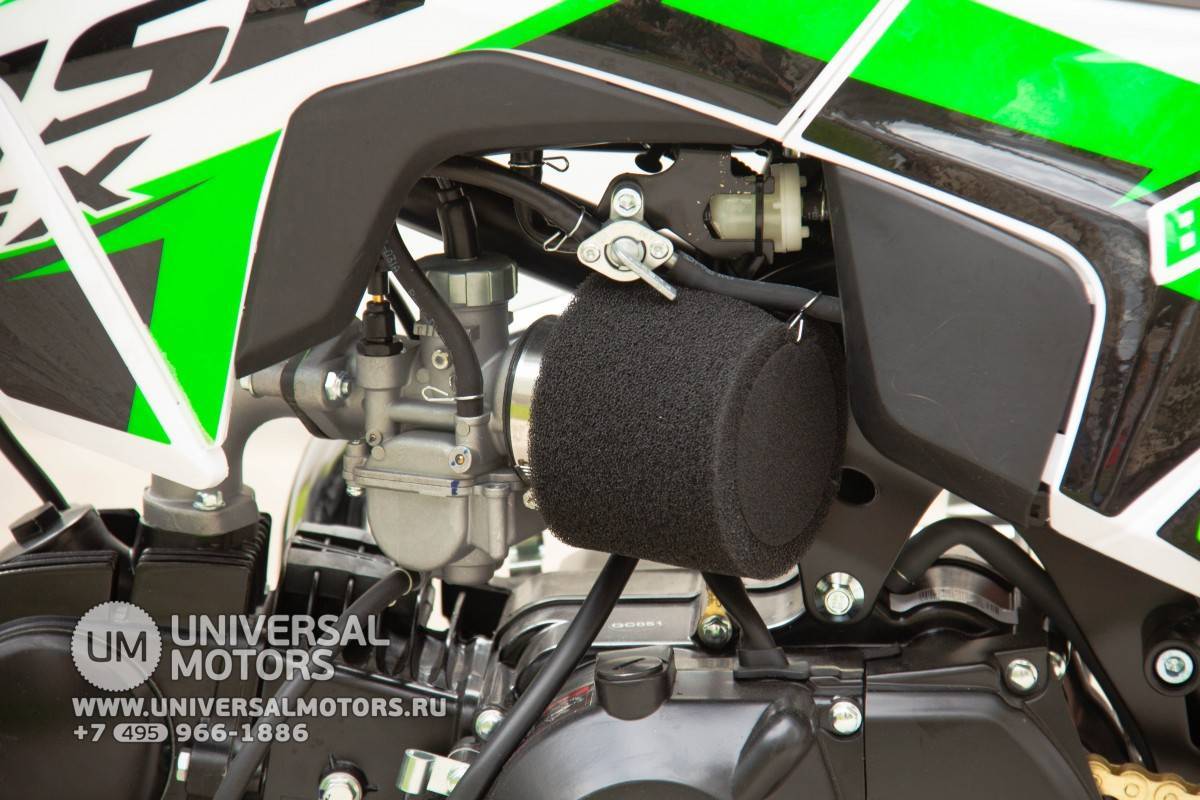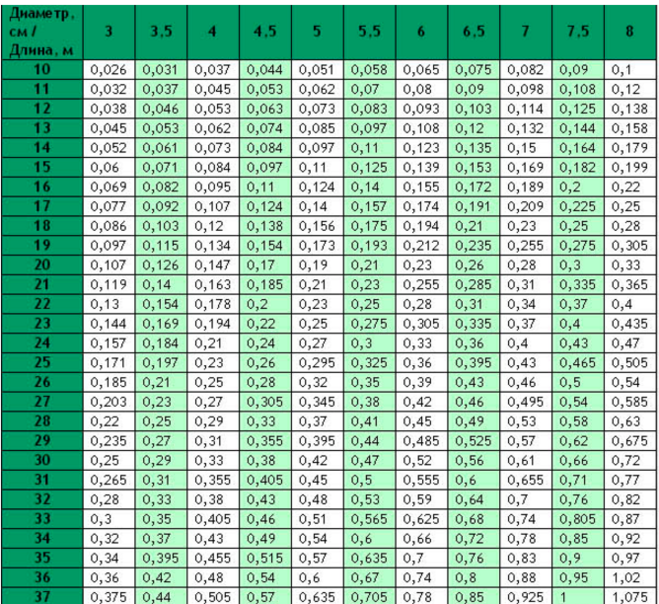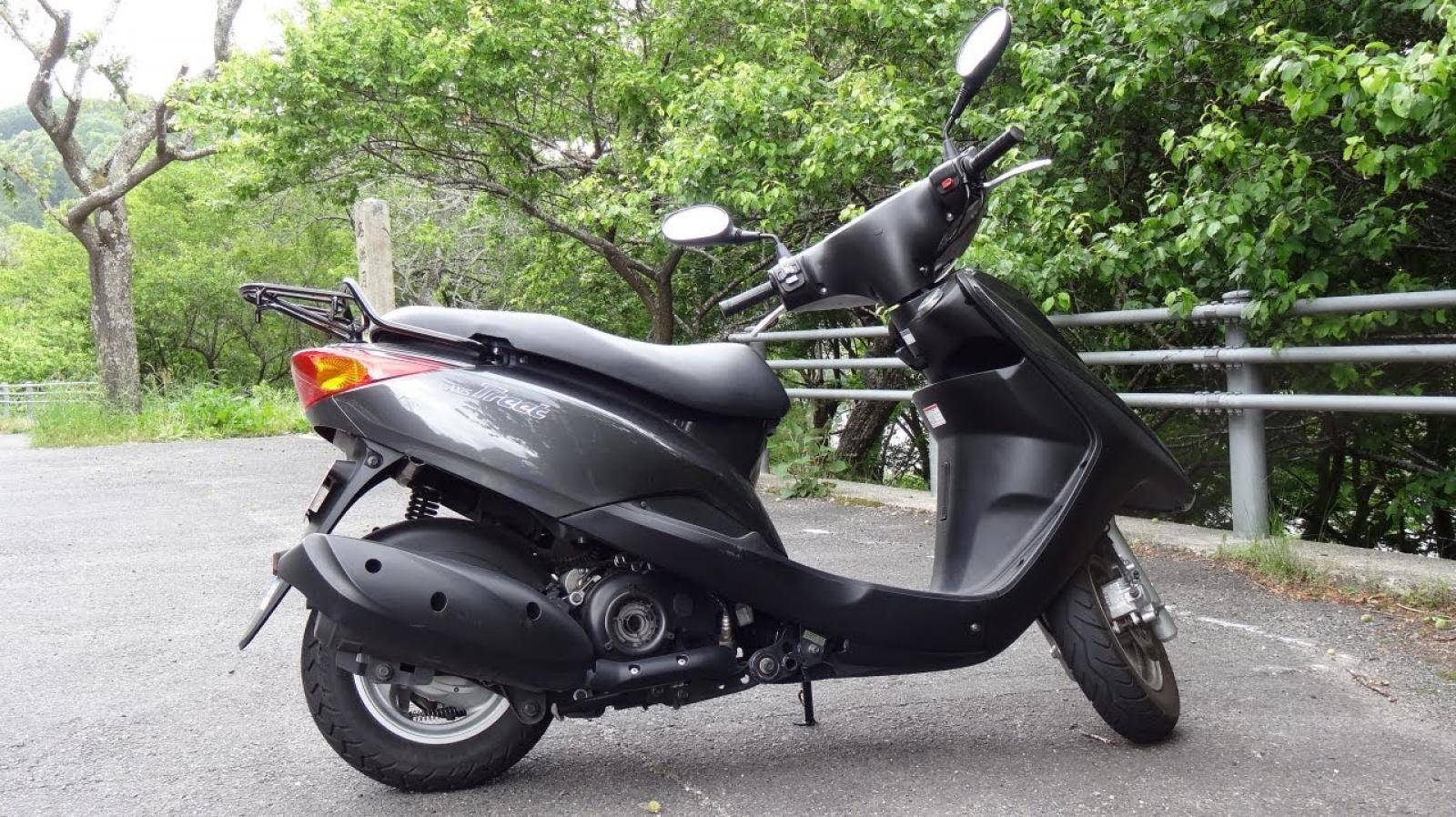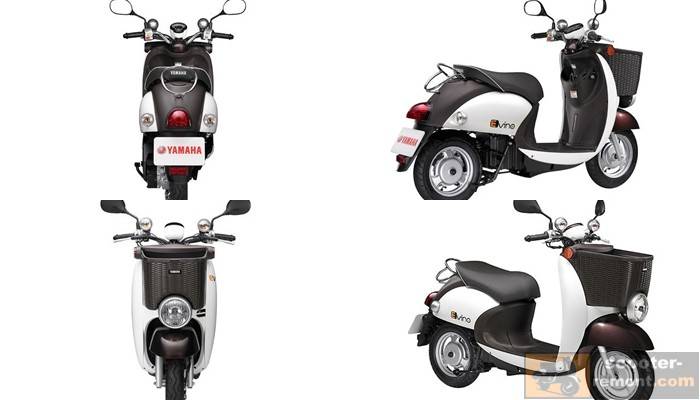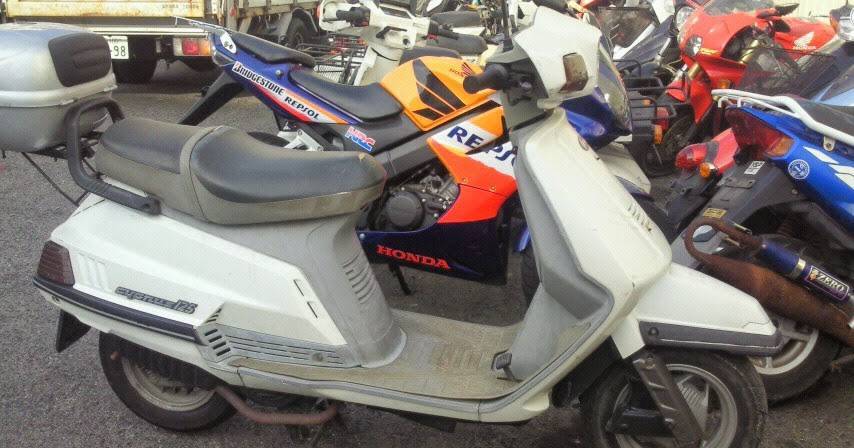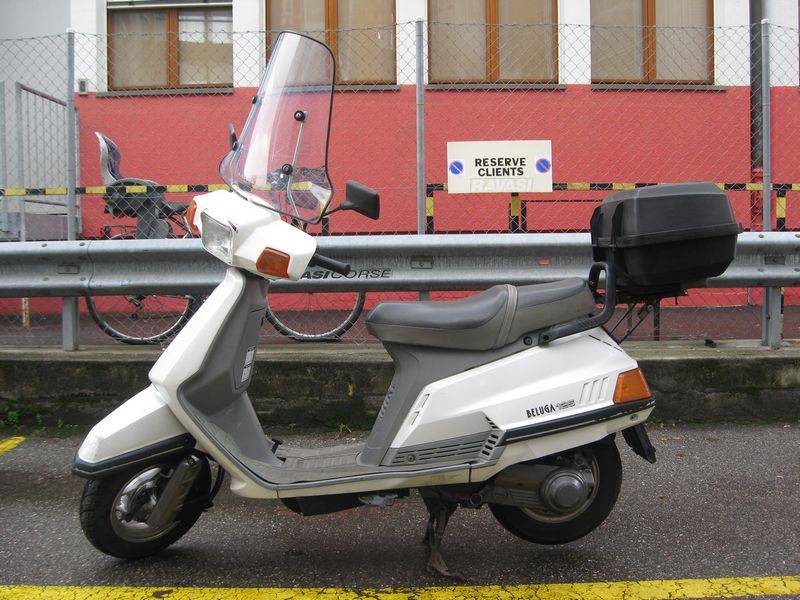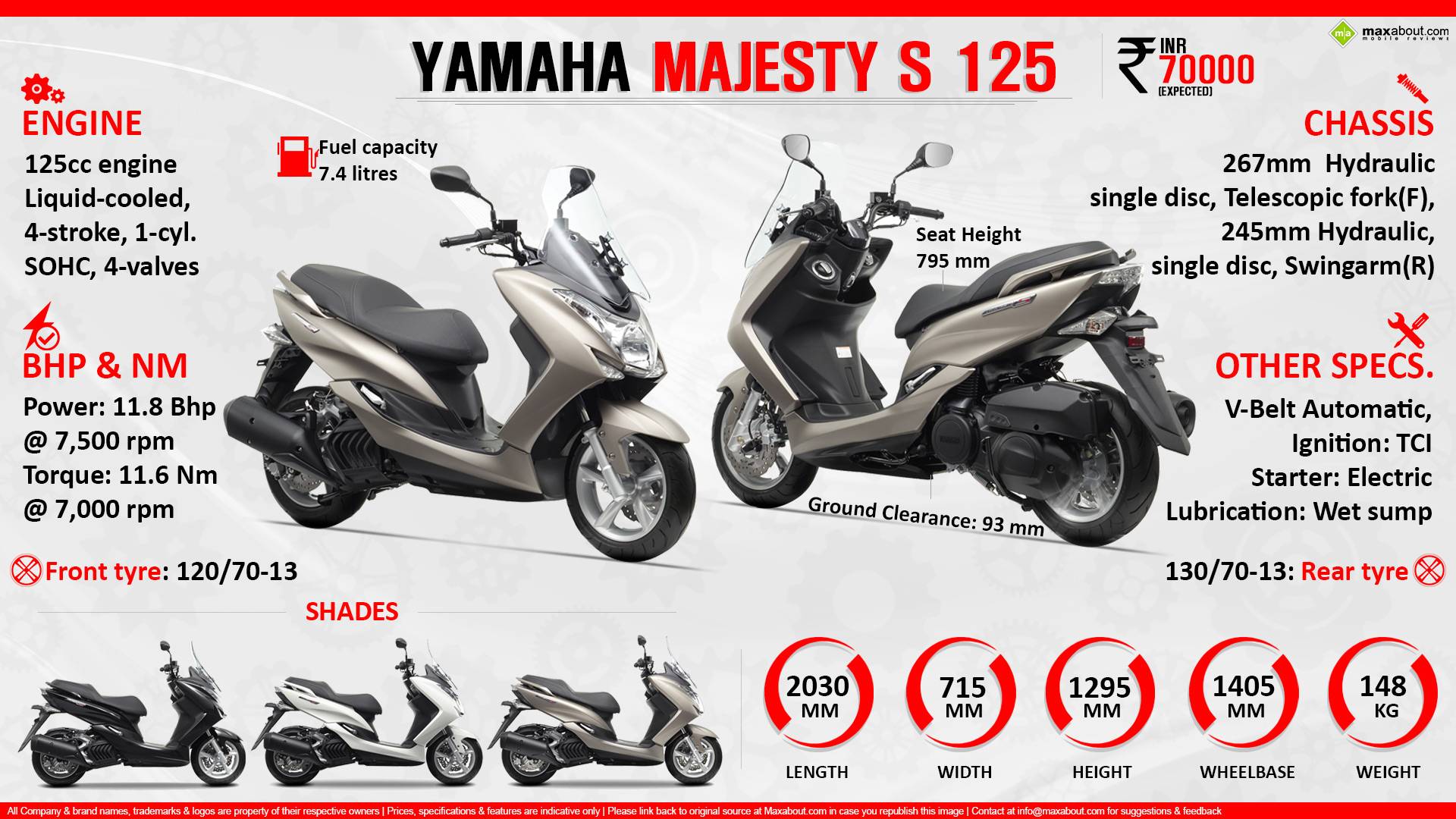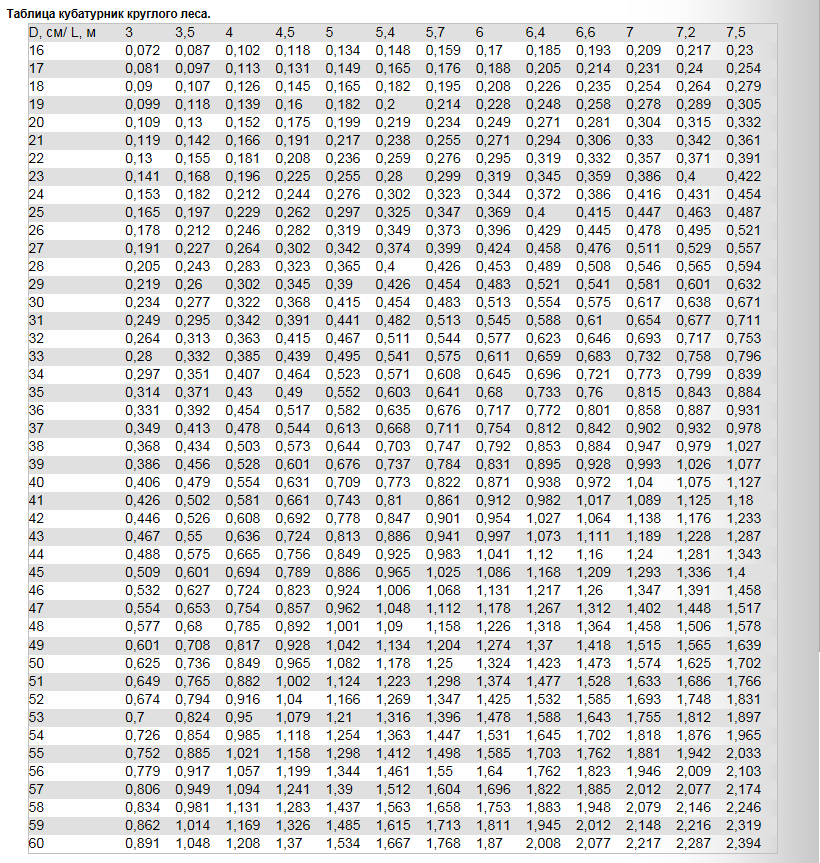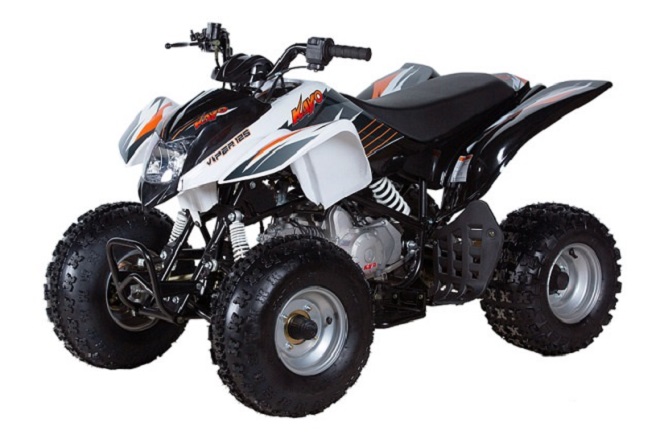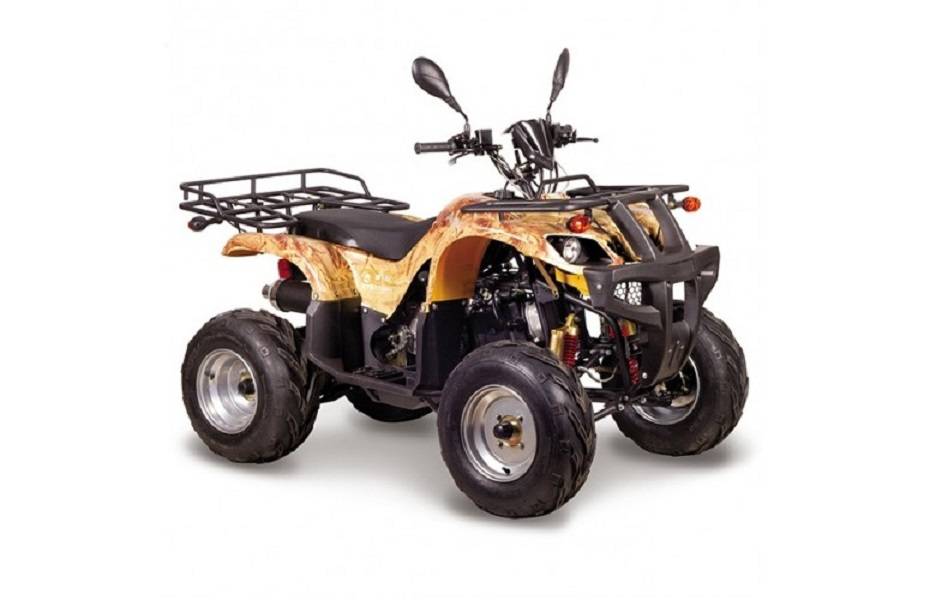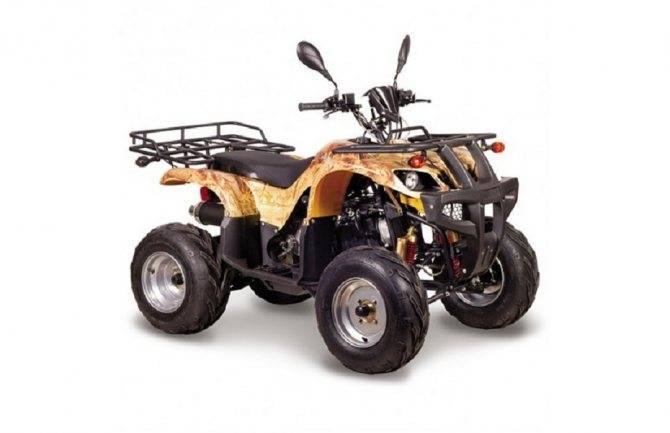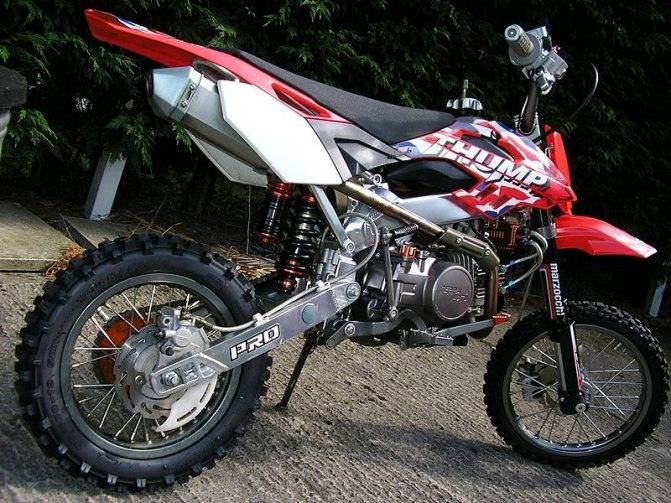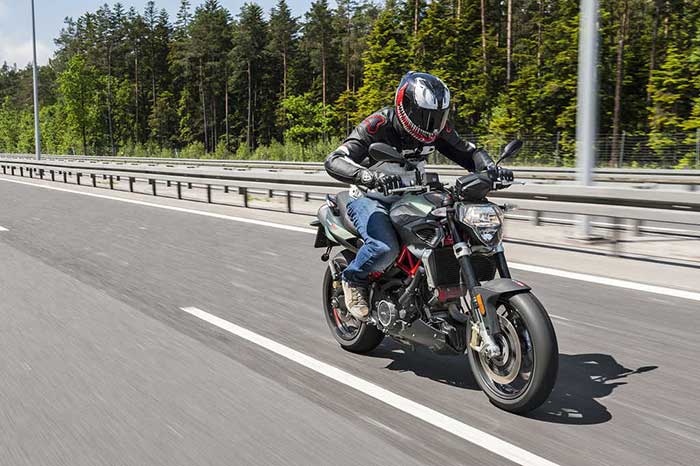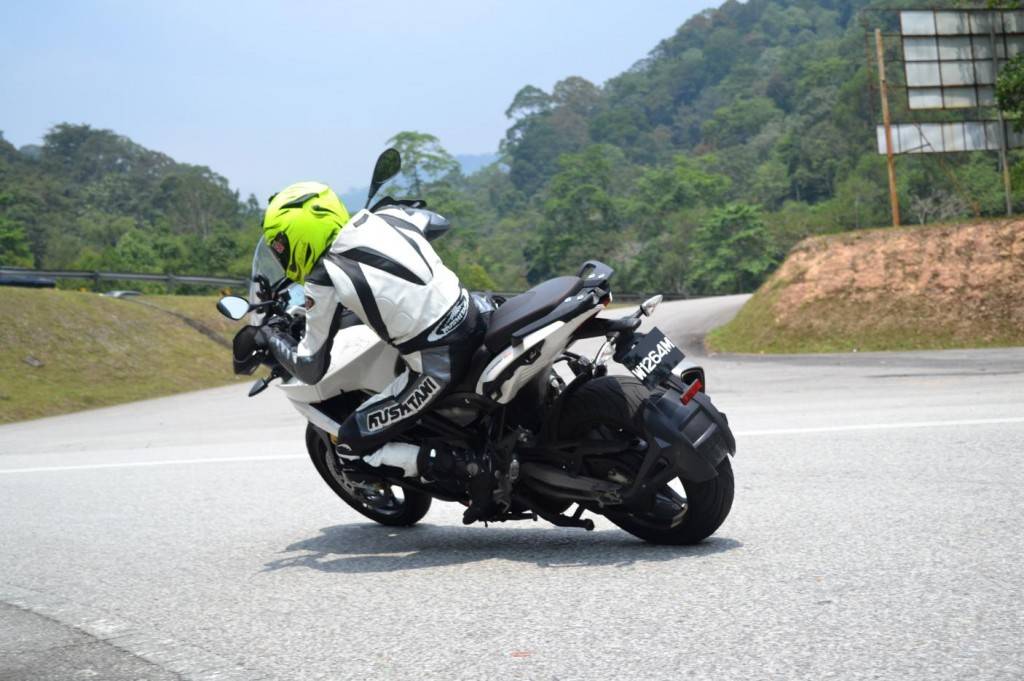Equipment
4 out of 5 (4/5)
Don’t let the retro good looks fool you – the XSR125 is a thoroughly modern motorcycle. Up front there’s a single unit circular LCD display which houses all the essential information you might need.
Neatly tucked in between the bars and behind the head lamp, it can sometimes be hard to read smaller details like your live MPG and trip meter on the move, which can mean cycling through the options becomes unnecessarily distracting.
Larger details like your speed, revs and gears are clear – as is a VVA symbol, which appears at 7400rpm to let you know the system’s working.

Moving forward from the clocks you’ll find an LED headlight, complete with neat internal XSR logo. The rear light is also LED, and the minimalist switchgear is easy to reach and operate. Span adjustment on the levers would be a nice touch, though.
Being a 125, there are no fancy modes to play with, but you do get ABS at both ends, which can be intrusive at the front and absent at the rear if you stamp on the lever. Other modern 125s come equipped with traction control, but I’m not sold on its necessity on a sub-15bhp bike.
On top of this, Yamaha will also sell you a range of accessories to bling-up your XSR, as well as two options packs. Known as the Racer Pack and the Street Pack, they’re priced at £441.40 and £346.95 and can be written into your finance deal at the point of purchase when buying new.
The Racer includes a bikini fairing, tank pads, aluminium side covers and a tail tidy, whist the Street option consists of a smaller fly Screen, engine protectors, belly pan side covers, radiator side covers and improved number plate bracket. All extras can also be purchased separately
Overall rating
4 out of 5 (4/5)
The retro motorcycling scene has boomed in recent years, with almost all major European and Japanese manufacturers offering pared back tributes to the bikes of yesteryear.
Related: Best 125 motorbikes according to MCN
From Triumph’s seemingly limitless Bonneville range to Kawasaki’s Z900RS, there’s plenty to choose from if you’re in the market for a big bike but it’s slim pickings if you’re a youngster.
Yamaha have spotted this and introduced the XSR125. New for 2021, it shares much of its underpinnings with the firm’s pre-existing YZF-R125 sportsbike and MT-125 naked and is draped in smooth, minimalist bodywork oozing ‘70s charm with more than a hint of RD250 about it.
Slotting in as the smallest and cheapest model in Yamaha’s heritage family, it joins the middleweight XSR700 and larger XSR900 – themselves based on the über-popular MT-07 and MT-09 modern nakeds.

Although much smaller and less powerful than its older siblings, the newbie 125 is a brilliant introduction to motorcycling and would make a decent, on-trend commuter for an experienced rider trundling in an out of the city.
Weighing just 140kg wet (2kg less than the MT-125) and equipped with wide bars and proper motorcycle dimensions, it feels roomy without being intimidating to a shorter rider and offers comparatively more midrange than much of its inner-city competition, thanks to the inclusion of Variable Valve Actuation (VVA) on the Euro5-friendly engine.
Suspended by quality non-adjustable springs that don’t fold at the first sign of a corner, it’s only let down by weak brakes, which lack any real bite at the front end. For £4450, I’d also want a little less plastic trim.
Discussion
Overall, the Riva 125 is a sharp looking scooter with a few shortcomings. Specifically, the lack of storage under the seat and the 55 mph top speed mean that this scooter isn’t for people who need to travel on highways or carry a lot of stuff. You can work around the lack of storage but there’s not much you can do about the 55mph top speed. 55mph is frustratingly close to highway speeds, but it’s not something you want to have to deal with daily so it’s better to think of the Riva 125 as a very peppy scooter for around town.

Honda’s Elite 150
Yamaha’s larger Riva 180/200 is another option as it has a nice top speed around 75-80mph. Unfortunately, there’s still no storage beyond a glovebox and the styling isn’t as attractive. Honda’s late 80’s Elite 250 is also worth considering if you’re looking for a highway capable scooter.
For more info on the Riva 125, check out the RivaRiders group on Yahoo. You need to sign up for Yahoo to access this group, but they have complied an impressive collection of information that makes the sign up worthwhile. There’s also a photos section and a message area where you can talk to other owners.
Key Specs:
- Engine: Air cooled, 2 valve, 124cc, single cylinder, 4 stroke, single overhead cam
- Horsepower: 11.4 HP @ 8000 RPM
- Torque: 7.97 lbs-ft @ 6500 RPM
- Bore & Stroke: 49mm x 66mm
- Compression: 10.0:1
- Fuel System: 22mm Teikei Carb
- Spark plug: NGK C6HSA
- Spark plug gap: (0.6 – 0.7 mm)
- Lubrication: Wet sump, 1.0 litres
- Final drive: 0.15 litres
- Air filter: Wet type foam element
- Chassis Type: Steel tube underbone, 27 deg. Caster angle
- Length overall: 74 “
- Width overall: 25.6 “
- Height overall: 43.1 “
- Seat height: 29.9 “
- Wheelbase: 49.2 “
- Ground clearance: 4.3 “
- Weight (Dry/Wet): 209 lbs / 225 lbs
- Carrying Capacity: 370 lbs (passengers and cargo)
- Fuel tank: 1.8 gallons, 7.0 litres
- Light bulbs: Headlight: 40w/45w, Brake: 8w/27w, Signal: 27w
- Front suspension: Bottom-link fork, 3.3 ” travel (85 mm)
- Rear Suspension: Unit swing, 2.8 ” travel, (70 mm)
- Shocks: Front: coil spring, oil damper, Rear: gas, coil spring, oil damper
- Brakes: 130mm drum (front and rear)
- Rims: MT3.50 x 10 cast aluminum
- Tires: Tubeless, Front: 3.5-10 4PR Rear: 3.50-10 REINF
- Colors: White, Red, Silver
- MSRP: $1299 (1984 USA)

Design and Amenities
The styling of this scooter has held up nicely over the years. Despite harking from the mid 80’s, the Riva 125 style held up well through the 90’s and continues to be a sharp looking scooter.

As you can see, Yamaha filled up the underseat area with the gas tank and battery. This is similar to Honda’s usage of the underseat space in their Elite 150 scooter, but the Honda does have a front ‘trunk’ which allows for more storage than just a glovebox can offer. If you are going to use a Riva 125 for longer trips, consider picking up a case that you can mount to the rear rack.
With the Riva 125, Yamaha took a shortcut to save a few pennies and omitted a fuel filter. This was a bad call by Yamaha, but they’re not the only brand that’s done this. Fixing this omission is easy and only costs a few dollars. Ask for a universal fuel filter at your local motorcycle dealership and then snip the fuel line and slip the fuel filter into place. It’s highly recommend you do this if you’re pulling a Riva 125 out of storage because you’re only one spec of gunk or gas tank rust away from being stranded on the side of the road.
Engine
5 out of 5 (5/5)
The Yamaha XSR125 is powered by a chirping liquid-cooled single-cylinder engine producing a claimed 14.8bhp. The same lump used to power the R125 and MT-125, it’s now fully Euro5 and comes equipped with Variable Valve Actuation (VVA).
Related: Yamaha XSR700 and XSR900 review
This essentially means the intake valve timing is altered at 7400rpm; switching from a low lift, to a high lift cam via a solenoid, with the aim of producing a more even spread of power throughout the rev range and faster acceleration.
Whilst it’s hard to compare acceleration with other models, the XSR’s engine does offer comparatively more pulling power throughout the revs than some of its rivals. It’s not going to rip your arms off, and you need to thrash it to get the most out of it, but it does allow you to sit a gear higher around town and overtakes can be managed at speed with a decent gap.
Changes to the engine for 2021 to help it meet more stringent emissions regulations include a revised ECU, cam sprocket, water jacket and more. The muffler has also been reshaped for the XSR for a more period look, however many owners are unlikely to leave it as standard.
Tech aside, the throttle connection is crisp, and the bike is nicely fuelled, with no flat spots and noticeable power all the way to the redline in every gear. Deploying your best Moto3 tuck will even see it head north of 80mph on the dash and after a day of abuse, the onboard MPG meter was still showing 104.8. In theory, that would mean a range of 253.6 miles. Very impressive.
Ride quality & brakes
4 out of 5 (4/5)
The Yamaha XSR125’s non-adjustable 37mm forks and rear shock are nothing short of excellent. Firm but forgiving, there’s 130mm of travel up front and minimal dive under hard braking.
Ruts and potholes are dispatched in comfort – aided by the supportive rolled bench seat that manages to provide both style and substance. The rear shock is the same KYB unit as the one found in the R125.
At town speeds the bike needs minimal rider input for quick changes of direction – likely to make filtering through congestion a piece of cake – and turning mini roundabouts, empty carparks and sleeping policemen into your own little Gymkhana course. I wish bigger bikes were as much of a giggle below 40mph.
This is helped further by the non-adjustable, one-finger-light clutch lever – however I’d have personally liked it a touch closer for my short digits.

It’s an equally impressive performance when you turn up the wick on a back road too, with the R125-derived chassis working in tandem with the chunky springs to provide bags of stability whether you’re extracting the last few mph from the top end on a long straight or barrelling into your favourite set of bends and leaning on the front.
The only area of the chassis that the two bikes differ on is the subframe, with the XSR getting a tweak to accommodate its classic look and relatively large pillion pad.
Both beginners and experienced riders will be impressed, with the chunky 17in IRC TrailWinner D211 tyres gripping without fault on our sweltering test day to inspire big lean angles, helped further by the impressive ground clearance.
Although great fun to hurl around beneath you, what’s also welcome is the physical size of the bike. It may only weigh 140kg dripping wet, but the bars are wide and the tank broad – giving you the feeling of riding something much bigger without any of the excess timber. There’s also a decent reach to the pegs, which will make life easier for taller riders and the mirrors are excellent.
It’s all-day comfortable and, despite its big bike feel, remains accommodating to shorter riders and novices, thanks to being so narrow between your legs and a seat height of 815mm. That said, Yamaha’s own MT-125 offers a 5mm lower perch.
For all its good bits though, the XSR is slightly let down by its braking set up, which lacks any real bite or feel and can occasionally feel underpowered at speed if you’re really tramping on.
Equipped with ABS at the front and rear, a firm stamp will still lock up the back end which could catch out novices and the front system will kick in over cracks in the road when you’ve applied a big handful.
Reliability & build quality
4 out of 5 (4/5)
Being a new model, it’s hard to talk about the reliability. However, Yamaha do offer a 24-month parts and labour warranty and boast a strong UK dealer network, should anything decide to go wrong.
The bike is also put together very well. There are no panel gaps and it’s littered with neat details, such as an XSR logo in the centre of the rounded LED headlamp – itself held in place by premium aluminium machined metal brackets.
It’s a bike to look back and be proud of, rather than simply a cheap introduction before hopping onto something more aspirational. If I’m being picky, the chunky housings on the front of the frame could be integrated a little more smoothly and the plastic tank cover does feel a little flimsy.

That aside though, many of the XSR’s components are carried over from the existing YZF-R125 sportsbike and MT-125 naked and whilst MCN readers are yet to score the latest MT, owners’ reviews on the R model leave an average of 4.7 out of five for reliability – with the only criticism coming after installing an aftermarket accessory.
Value vs rivals
3 out of 5 (3/5)
The Yamaha XSR125 is priced at £4450, which puts it squarely in the ballpark of the £4299 Honda CB125R and £4499 Husqvarna Svartpilen 125. Both offer similar performance, but neither can match the XSR for an authentic retro look.
Breaking that price down further, the XSR is available for £49 a month over three years on PCP, with an initial deposit of £1134.
That’s not bad at all, but that deposit could equally buy you a perfectly serviceable used 125, leaving the money you’d then pay monthly to help cover the running costs. It ultimately comes down to what you want from a 125 and how long you intend to keep it.
It’s not just used bikes and premium brands that would-be buyers should also consider though, with various Anglo-Chinese tie-ups providing a more affordable and arguably more authentic retro experience, thanks to air-cooled engines and 60s Brit bike inspired looks.
Take the Mutt Motorcycles range, for example. Finished in Birmingham, their 12-strong 125cc fleet is powered by a reproduction of the air-cooled single found in the Suzuki GN125 and starts at £2950 + OTR costs. Even the most expensive bikes come in at £3495, but then you do get a lower spec and a claimed 4bhp less power – which is a lot in small bike land.


